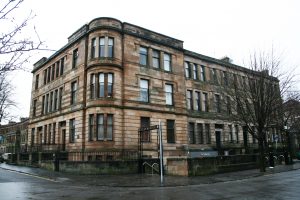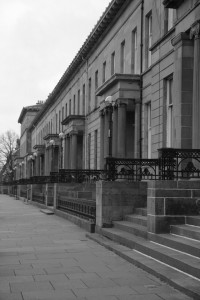To celebrate the bicentenary of Alexander ‘Greek’ Thomson‘s birth a programme of events and activities have been planned to take place throughout 2017. We will continue to update this calendar throughout the year with more and more exciting events as these are confirmed so please keep checking back. You can also sign up to our e-mail newsletter here to stay up to date.
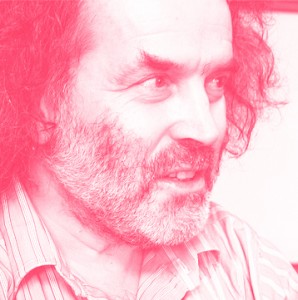
Alexander Dennistoun commissioned a grand design from James Salmon for a new middle class suburb. However, as the 19th century ended, pressure to house Glasgow’s influx of workers forced higher population density, creating the community’s extraordinary variety. Led by Roger Guthrie of the Alexander Thomson Society.
Meeting point: Duke Street Post Office (1 Annfield Place)
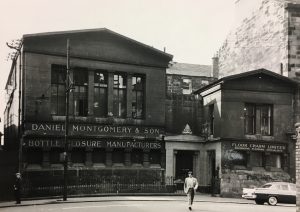
Lost Thomson: Glasgow’s Loss
Thursday 21 September, 6pm
£10 (£5 discounted rate for members of the Glasgow Art Club)
In his bicentenary year, Fiona Sinclair gives an insightful talk on the lost works of the eminent architect Alexander ‘Greek’ Thomson.
Please arrive at 6pm for a welcome drink, with the talk commencing at 6.30pm sharp.
Alexander Thomson was born in Balfron, Stirlingshire, on 9th April 1817 and died in Glasgow on 22nd March 1875 at his home at no.1 Moray Place in the terrace he had himself designed.
Thomson was extremely successful with a large clientele for medium-sized villas and terraces of cottages in Pollokshields, Shawlands, Crossmyloof, Cathcart, Langbank, Bothwell and Cove and Kilcreggan.
In his day, Thomson was conspicuous for his originality in producing a distinctive modern architecture from the lessons and precedents provided by the Greeks, Egyptians and other ancient civilisations, and made extensive use of new materials like cast-iron and plate-glass.
His personal Graeco-Egyptian style was almost entirely confined to Glasgow, where he designed commercial warehouses, blocks of tenements, terraces of houses, suburban villas and three extraordinary Presbyterian churches, of which the St. Vincent Street Church is the only intact survivor.
Other important works still standing include Moray Place, Great Western Terrace, Egyptian Halls in Union Street, Grecian Buildings in Sauchiehall Street, and his villa, Holmwood, at Cathcart, which is now owned by the National Trust for Scotland.
Whilst a wealth of Thomson buildings remain there are also a significant number that have been tragically lost over the years. The reasons for these losses are several, from Thomson demolishing his own buildings – as with the Scottish Exhibition Rooms on Bath Street, through to bombing during World War II – as with Queens Park Church. The most common reason for the loss of these buildings however was redevelopment during the 1960s and 70s.
The losses were primarily tenemental properties spread throughout the city, however also included were two hotels, a printing works, a sculpture yard and two churches; Chalmers Memorial Free Church in the Gorbals and Queen’s Park Church.
Following his death in 1875, a marble bust of the architect by John Mossman was presented to the Corporation (now in the Kelvingrove Art Gallery) and the Alexander Thomson Travelling Studentship established, of which the second winner was Charles Rennie Mackintosh.
A map of the ‘lost’ buildings can be viewed here
Fiona Sinclair, is a Glasgow based architect and author with a passion for historic buildings.
If you wish to find out more about becoming a member of The Glasgow Art Club please visit our website
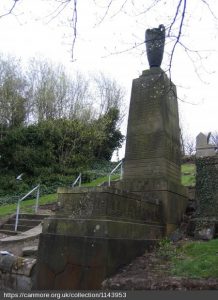
These informal and informative tours of the Glasgow Necropolis will be undertaken, weather permitting, as per the dates noted below. The tour guides assigned to each tour are also listed below. The assignations are subject to change.
In 2017 as part of the Alexander ‘Greek’ Thomson bicentenary celebrations, the Friends will be undertaking Friday Evening Walking Tours with a focus on the architecture in the Necropolis. These tours last approximately one hour.
Prior booking is essential, with members of The Friends of the Glasgow Necropolis having priority booking. All other places will be allocated on a first come basis and the meeting point will be provided with every confirmed booking.
Please contact glasgownecropolistours@gmail.com with details of the tour that you wish to attend and the number of places that you wish to reserve.
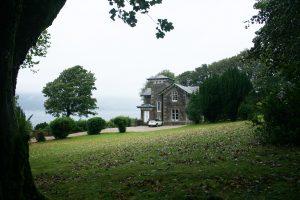
Departing Glasgow Central Station at 10.20
Booking required by 26 August to atswalks@hotmail.com
All walks cost £5, payable in cash to Roger at the beginning of the walk.
Booking also available through Eventbrite at the link above.
Please note, booking is only required for the Cove & Kilcreggan walk.
If you have any questions, please email us on info@alexanderthomsonsociety.org.uk
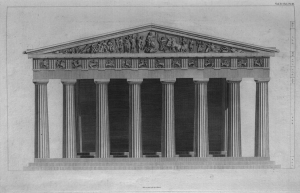
The Alexander Thomson Society are pleased to present a rare books event in association with The Mitchell Library.
Glasgow architect and director of the Society, Scott Abercrombie, will deliver a talk giving a historical context to the importance of these books in relation to Thomson’s work and other contemporary Glaswegian architects. He will discuss built examples where the influence of these texts can be found in the architecture of Glasgow or where the ideas that they present have influenced the Thomson’s design philosophy.
Following this introduction a number of rare editions of these books will be made available for your perusal by The Mitchell Library. Due to the sensitivity of some of these texts the we have had to limit the number of tickets for this event, so book early to avoid disappointment.
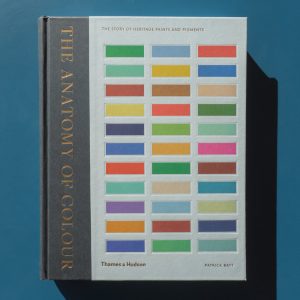
Patrick is an author and historic paint consultant with a wealth of experience in unpicking the lost decorative schemes of significant buildings across the UK, including Holmwood. His books, The Anatomy of Colour and Nature’s Palette have both been met with high praise and are exceptionally well illustrated. He joins the Society to discuss his career through introducing his process and showcasing a selection of the historic buildings he’s worked on.

Amin joins the Society to deliver his long-awaiting talk which was postponed at the start of the pandemic. He heads up the London-based practice Groupwork, which has won multiple RIBA awards and been nominated for the Stirling Prize. Amin is particularly interested in the potential of structural stone in modern construction, as well as experimenting with material and decoration. He will discuss the output of Groupwork and some of his ongoing projects and research.
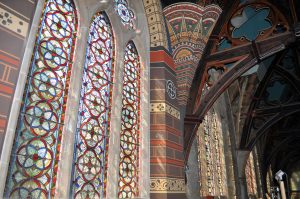
Max is the curator of 19th century furniture at the V&A and author of books on Christopher Dresser and Daniel Cottier. He joins us to discuss his latest book, which focuses on Cottier’s work. Cottier and Thomson were closely connected, most notably collaborating on the design of Queen’s Park Church together.

